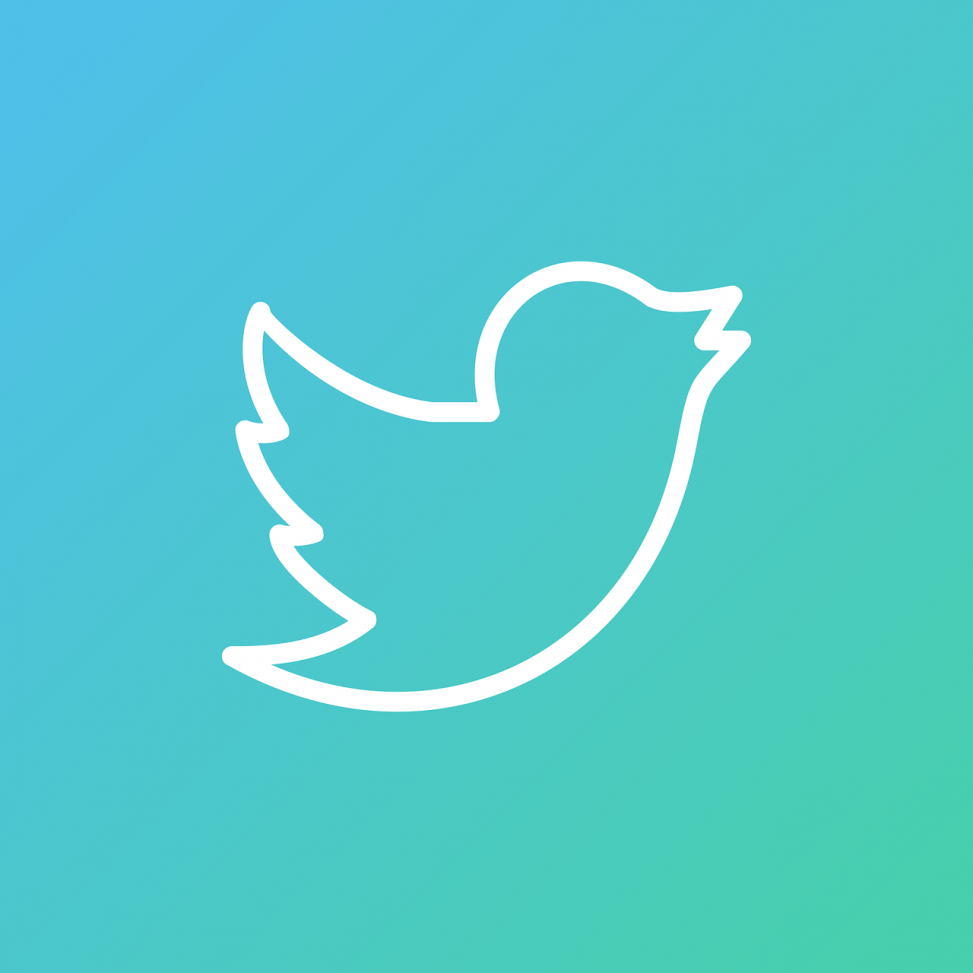I have officially created a Twitter account! I have never been one to use social media, so the platform is new to me. I am looking forward to familiarizing myself with the ins and outs. Hopefully, Twitter will become an asset in terms of resources and connections.
Setting up an account is incredibly easy, and only took a few minutes. I wanted to create a handle that would be easily identifiable for people trying to find me, so I used my full name (@MaxieSouthern). I then chose a profile picture, keeping in mind that other educators or future parents of students would be able to see it. I have not yet written a bio, but when I do I plan to include the program I am in and other appropriate information. We learned that for safety and privacy reasons it is a good idea to refrain from using exact locations and birthdays etc. The most time-consuming aspect of the setup was accumulating people, hashtags, and lists to follow. Luckily, we were provided with some ideas to get us started in that regard.
I started by following various local education hashtags, including #bclearns, #sd61learn, and #sd63learn. I also subscribed to a BC Superintendents List by Chris Kennedy, and to Chris Wejr’s BC Principals List and Getting Started List. Being provided with resources surrounding who to follow makes the setup process a lot less overwhelming. Twitter is such a large platform, and there is an endless multitude of people to follow. As somebody completely new, going in and already having a narrowed field of professionals in education to follow was incredibly helpful. Otherwise, I do not think I would have had any clue where to start.
We were also introduced to the tool known as TweetDeck, a platform that allows you to display all the hashtags or lists that you follow in organized scrollable columns. In this format, you can view everything that you follow in one place, while still keeping them separate from each other in their categories. I think I will prefer the TweetDeck layout to that of the normal Twitter website, as it will allow specific focus.
Additionally, not related to Twitter we started using Trello. We will be using Trello to organize the process of both our free and group inquiry projects, but it could be used for anything that needs to be organized or broken down into steps. In short, it is a task management tool. You can create as many different boards as you like, each with the ability to create ‘cards’ with questions or tasks that can be moved around, assigned to various people, etc. The interface is very user-friendly, attractive, and flexible.
Finally, we talked about OER (Open Educational Resources). OER include curriculum, materials, media, etc. that are openly licensed and shared online. These resources can be downloaded, edited, or adapted to be used by anyone. I think the existence of OER is important for future educators, as they will be incredibly useful to us when it comes to creating lesson plans, activities, or resources for our students. One great starting point for finding resources is the OER Commons. The commons provides a search by not only subject but also grade level, as well as lesson and module builders. Another similar website is Curriki, where you can also search for resources. Similarly, there are websites to access open textbooks such as Siyavula and BCcampus OpenEd, which is B.C.’s open textbook collection. There is also the option to use Google advanced search, where you can adjust the settings to provide search results that have certain usage rights.
Featured image by Raphael Silva on Pixabay

Leave a Reply